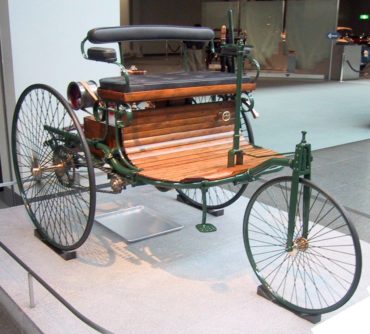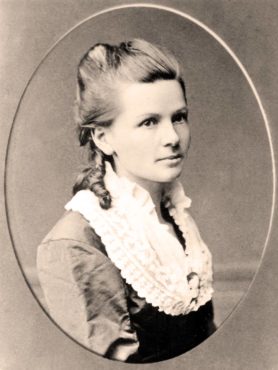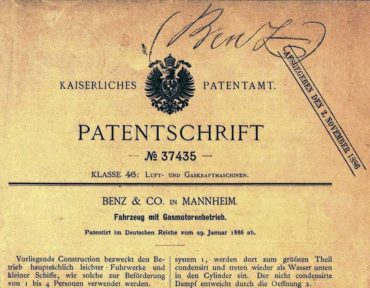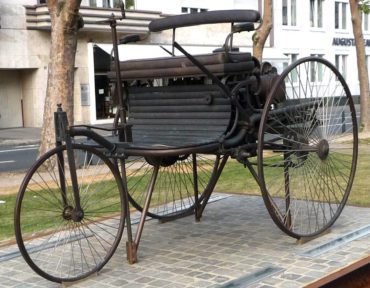
It has been said that behind every successful man is a woman. However, in the case of Bertha Benz, it has been noted that she was probably leading the way.
In a chance meeting, young Bertha Ringer was intrigued and smitten by a young Karl Benz, who was working on developing his Motorwagen (a.k.a. horseless carriage). In 1872, Ringer, who was from a wealthy German family, married Benz.
At that time, part of her dowry was used to invest in his failing iron construction company and later to weather hard times as he worked on the Motorwagen. Aside from financing the effort, she also contributed to the design and conducted field testing. She contributed to things like the electrical, brake and fuel-delivery systems in her capacity as the field tester.

In December 1885, Benz had completed his first Motorwagen. It was a single-cylinder, 2.5-horsepower, three-wheeled creation that was capable of the unheard-of-speed of 25 miles per hour. On Jan. 29, 1886, he received a patent on the Motorwagen, cementing his place in history and the inventor of the automobile.

It was obvious from the start that his talents were concentrated in the tinkering and development areas and not in marketing. Early demonstrations of his invention proved disastrous.
Bertha Benz became aware that her husband’s early disastrous attempts at marketing had driven him back into the comfort of his workshop. During that time period, other inventors were also working on their versions of the automobile and people were not standing in line to purchase Benz’s automobile. Something needed to be done — and she was about to do it.

In August 1888, 39-year-old Bertha and her two sons, Richard (age 13) and Eugen (15) set out on a journey of 66 miles from Mannheim to Pforzheim. A trip of this distance for an automobile was unheard of during that time. Early that morning, they pushed the automobile out of the garage and down the drive so that they would not waken Benz, who was unaware of the planned trip and would never have allowed it to happen.
Her resourcefulness and mechanical ability were only to be overshadowed by her resolve to complete the journey. Along the way, they encountered a number of obstacles, not the least of which was to obtain fuel. Since there were no gas stations, they had to seek out apothecary shops, as fuel could only be purchased from chemists.
A plugged fuel line was no match for Bertha’s hat pin and a garter became the solution for an electrical problem. There were any number of reasons for not completing their trip but their perseverance paid off as they reached their destination after dusk that day.
That successful road trip generated a tremendous amount of publicity and people began taking the automobile more seriously. And the rest, as the saying goes, is history.




























Comments